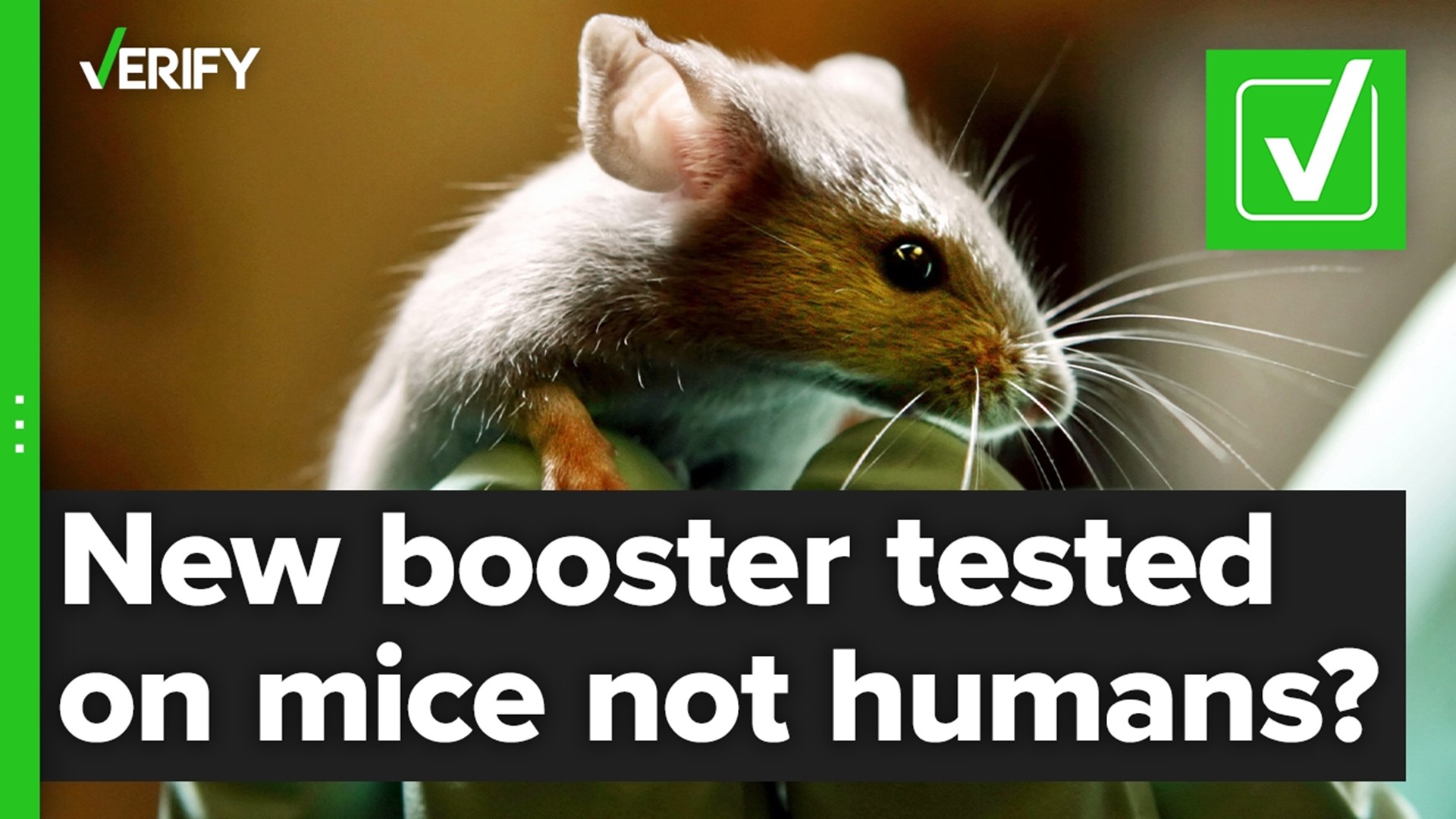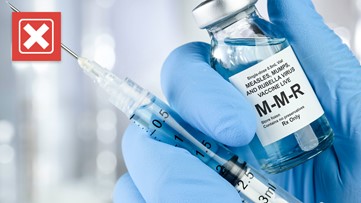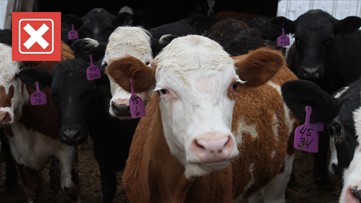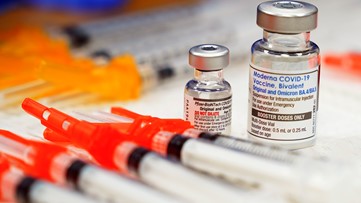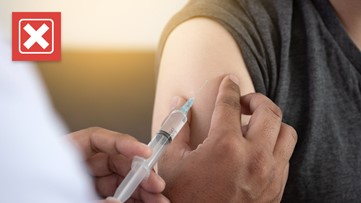Following authorization by the U.S. Food and Drug Administration (FDA) on Aug. 31, the Centers for Disease Control and Prevention (CDC) recommended people receive updated COVID-19 booster shots with an omicron component.
Pfizer’s omicron vaccine is authorized for use as a single booster dose in people 12 and older, while Moderna’s shot is authorized for those 18 and older. They should be given at least two months after primary or booster vaccinations.
Following the CDC recommendation, some people on social media claimed that the updated boosters were tested on mice and not humans before they were authorized. VERIFY reader Bryan also asked the team whether the new booster shots have been tested on humans.
THE QUESTION
Were the updated omicron booster shots tested on mice, not humans, before they were authorized?
THE SOURCES
- The FDA
- The CDC
- Pfizer
- Moderna
- Scott Roberts, M.D., Yale Medicine infectious diseases physician
- Jennifer Pancorbo, Ph.D., director of industry programs and research at North Carolina State University’s Biomanufacturing Training and Education Center
THE ANSWER
Yes, the updated omicron booster shots were tested on mice, but not humans, before they were authorized.
It’s common for updated vaccines to go through less rigorous testing, experts said.
WHAT WE FOUND
Rigorous testing and human trials are conducted when vaccines are first developed, in order to gather data on safety and how well they protect against a virus. That was the case for the original COVID-19 vaccine.
Subsequent updated vaccines often do not go through as rigorous testing since they are so similar to their predecessor.
In the case of the updated boosters now available to Americans, which target the BA.4 and BA.5 subvariants of omicron, the U.S. Food and Drug Administration (FDA) looked at human trial data for the original COVID-19 vaccine, as well as human trial data for a vaccine targeting BA.1, which is the original strain of omicron.
More from VERIFY: Yes, COVID-19 vaccine boosters for omicron are available to the public
The FDA also based its decision to authorize the updated BA.4/BA.5 boosters based on data from animal experiments obtained using those previous vaccines. Documents on the CDC and FDA websites show the updated BA.4/BA.5 boosters were tested on mice.
Both Pfizer and Moderna developed BA.1 vaccines and tested them on humans, before working on updated BA.4 and BA.5 vaccines at the FDA’s direction once those subvariants became dominant in the U.S.
The updated boosters from both manufacturers contain the original COVID-19 vaccine as well as spike proteins from the BA.4 and BA.5 subvariants. This is aimed at “helping to restore protection that has waned since previous vaccination” by targeting the more contagious and immune-evasive omicron subvariants, the CDC says.
One of the reasons for fewer tests, in addition to the similar formulation to previous vaccines, is that there isn’t enough time to conduct human trials, especially with a virus that evolves as quickly as COVID-19. That’s similar to the annual flu vaccine.
"The flu vaccine is reformulated each year, based only on animal studies for the same reason," Scott Roberts, a Yale Medicine infectious diseases physician, said. “We do an annual flu vaccine update based on the circulating strains of the flu, and unfortunately, we can’t wait on human data because we might not get that until November or December, well after many of us have been infected.”
Peter Marks, director of the FDA’s Center for Biologics Evaluation and Research, said the federal health agency “has extensive experience with strain changes for annual influenza vaccines,” contributing to its confidence in the updated booster shots.
More from VERIFY: No, the flu shot will not give you the flu or allow you to pass it on to someone else
It’s also important to note that the updated boosters targeting BA.4 and BA.5 use the same mRNA technology as the previous COVID-19 vaccines.
“When you bring a product…that has a common baseline and you just make a small change in the cassette, like for example a new strain of the same virus, then we just roll with the clinical data that we have as a basis to explain or to understand the safety of that product,” Jennifer Pancorbo, director of industry programs and research at North Carolina State University’s Biomanufacturing Training and Education Center, told VERIFY.
Animal research plays a role in the development of many vaccines apart from those for COVID-19, the National Institute of Allergy and Infectious Diseases (NIAID) explains on its website. Before vaccine candidates can be tested in humans, the FDA requires that they are tested for safety and effectiveness in animals, according to NIAID.
Both Pfizer and Moderna have confirmed that human clinical trials of the updated BA.4 and BA.5 booster shots are underway.
Ben Briscoe with VERIFY sister station WFMY contributed to this report.
More from VERIFY: Yes, the CDC changed its definition of vaccine to be ‘more transparent’
